Techniques tailored to your projects
Depending on your project, use and budget, we'll work together to choose the manufacturing technique that best enhances your design and colour palette, while meeting your requirements.
Wilton
Carpet Society boasts the largest Wilton weaving production capacity with its Louis de Poortere factories in Mouscron and the Royal Manufacture of Aubusson. This industrial technique of mechanical weaving allows for the creation of traditional, custom-made carpets, whether plain or patterned. The unmatched finesse, comfort, and flexibility offered by Wilton meet the demands of hotel or restaurant projects that require noble materials. Its natural construction, particularly strong and durable, meets the highest standards, making this weave an ideal product for high-traffic areas such as stairs and corridors, as well as for applications related to air or rail transport. Lastly, Wilton is the preferred technique for decorators working on private residence projects. To be convinced, you need only read our magnificent book “Carpet Society,” which showcases these settings where Wilton carpets are elegantly displayed.
Axminster
The Axminster weaving technique, which offers a wide range of colors, is a traditional and custom weaving method. However, it is less durable and less precise than Wilton in terms of pattern finesse. This technique, which requires fewer raw materials, is therefore less expensive than Wilton, making it a preferred choice for decorating hotel rooms and cruise ship floors.
Regardless of your project’s constraints, Carpet Society has the production capacity to meet all market demands, particularly for the luxury hotel and fine dining sectors.
Printed mechanical tufting
A modern manufacturing technique aimed at mass markets, printed mechanical tufting has made carpet sales more accessible worldwide. With this technique, the carpet is no longer woven: the pile yarn is directly stitched into a synthetic backing, which is then coated with latex to reinforce the carpet.
Although mechanical tufting limits the creation of patterned carpets, advanced machines can still print any design in colors. However, the result will not match the finesse of woven carpets. This industrial technique allows for the rapid production of large quantities of carpets at a very competitive price, making mechanical tufting the preferred choice for projects in the hospitality, restaurant, and event sectors.
Mechanical Flatweave
An extension of our upholstery fabric production, mechanical flatweaving for carpets and rugs is a unique technique developed at our factory in Mouscron. Thanks to our expertise, we can create flat carpets with complex and refined patterns, offering a true burst of creativity in the flooring market. The flatweaving process, combined with jacquard technology, allows for the creation of sophisticated designs by manipulating individual threads to achieve precise colors and patterns. This cutting-edge technology ensures accurate pattern reproduction and provides great flexibility in designing our carpets.
Since 2023, we have launched our first collection of eco-friendly rugs line. In 2025, we will introduce our new carpet 2.0, named Ecoskin. This revolutionary carpet, featuring woven patterns, is fully recyclable, marking a major advancement in our commitment to the circular economy. We are thus entering a new era within our group by offering mono-material collections. Our products adapt to all environments, whether private residences, hotel establishments, restaurants, stores, or even cruise ships.
Handmade carpets made to measure
Carpet Society uses the finest craftsmanship and weaving techniques to meet the creative demands of decorators for handmade carpets. Various hand-knotted techniques are used to create made-to-measure carpets, unique pieces of unrivalled beauty.
Hand-knotted: Tibetan or Persian
Heritage from the Silk Road, hand-knotted rugs come from millennia-old craftsmanship in creating unique carpets with astonishing weaving finesse. A true miracle of beauty and quality in modern times, the hand-knotted rug is woven by artisans who master the technique to perfection. Two types of knots are used: the Tibetan knot, which allows the wool to emerge from the weave, creating a sumptuous pile, and the Persian knot, which produces highly refined nomadic rugs, often in silk. Made with pure, natural materials, hand-knotted rugs offer exceptional clarity in design and unmatched durability.
Handloom
Less sophisticated than hand-knotted rugs, handloom is a manual weaving technique favored for creating carpets and rugs with simpler structural effects than knotted rugs. Faster to produce and often using wool, silk, or sometimes material blends, handloom is a beautiful alternative that also preserves the artisanal character of the rug.
Hand-Tufted
A more recent artisanal technique, similar in principle to mechanical tufting, hand-tufted rugs are produced by skilled artisans. It requires the use of manual pneumatic guns that allow for the creation of all types of structures with great pattern finesse. Although these custom-made rugs are not woven, they remain stunning because decorators can fully unleash their creativity without being limited by material choices and blends or color combinations.
Kilim
Also known as flatweave, handwoven, dhurry or drugget, kilim is made on a flat loom. The design is formed by interlacing the weft threads, mainly wool, in different colours, between the warp threads, usually cotton. Kilims are flat because they have no pile and rather geometric designs. In addition, weaving techniques and specific motifs may vary depending on the region where the carpet is made, adding a cultural richness to each piece.



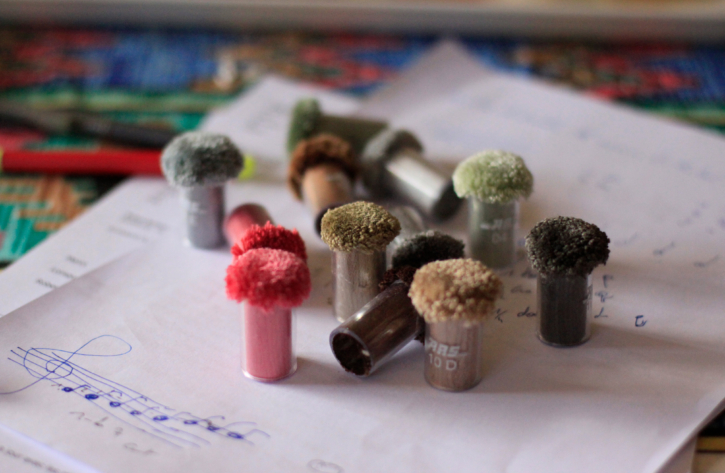
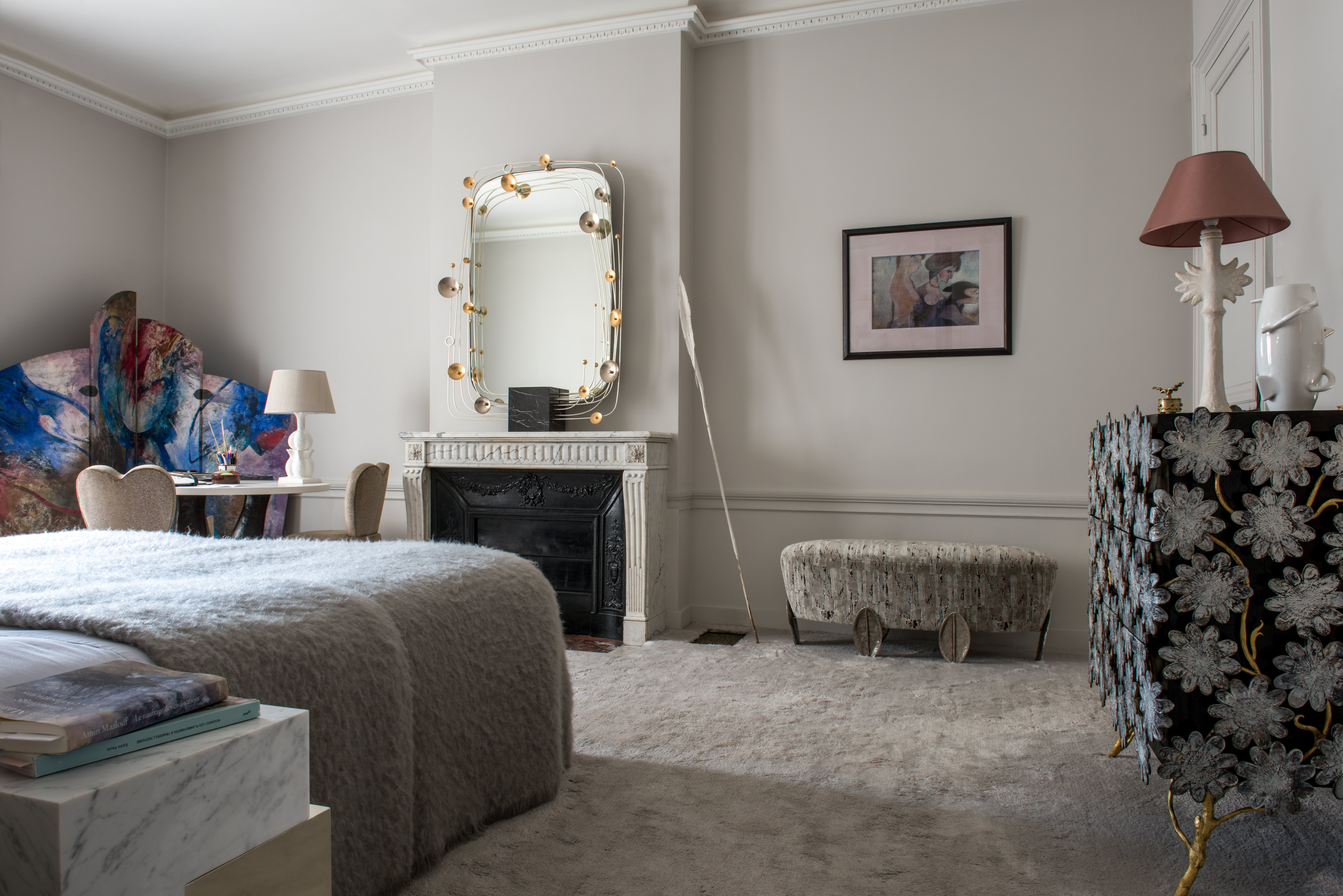

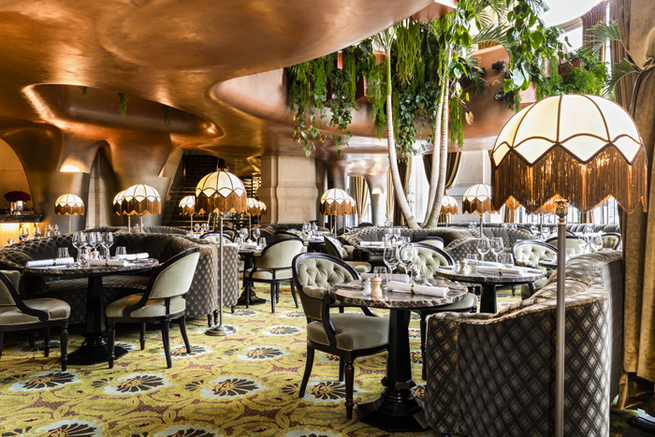
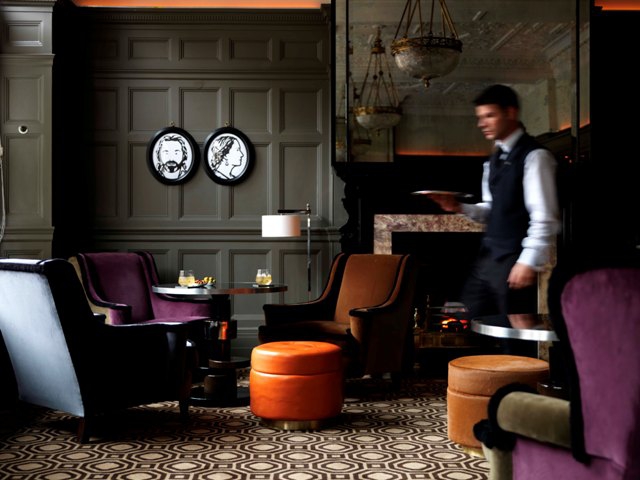
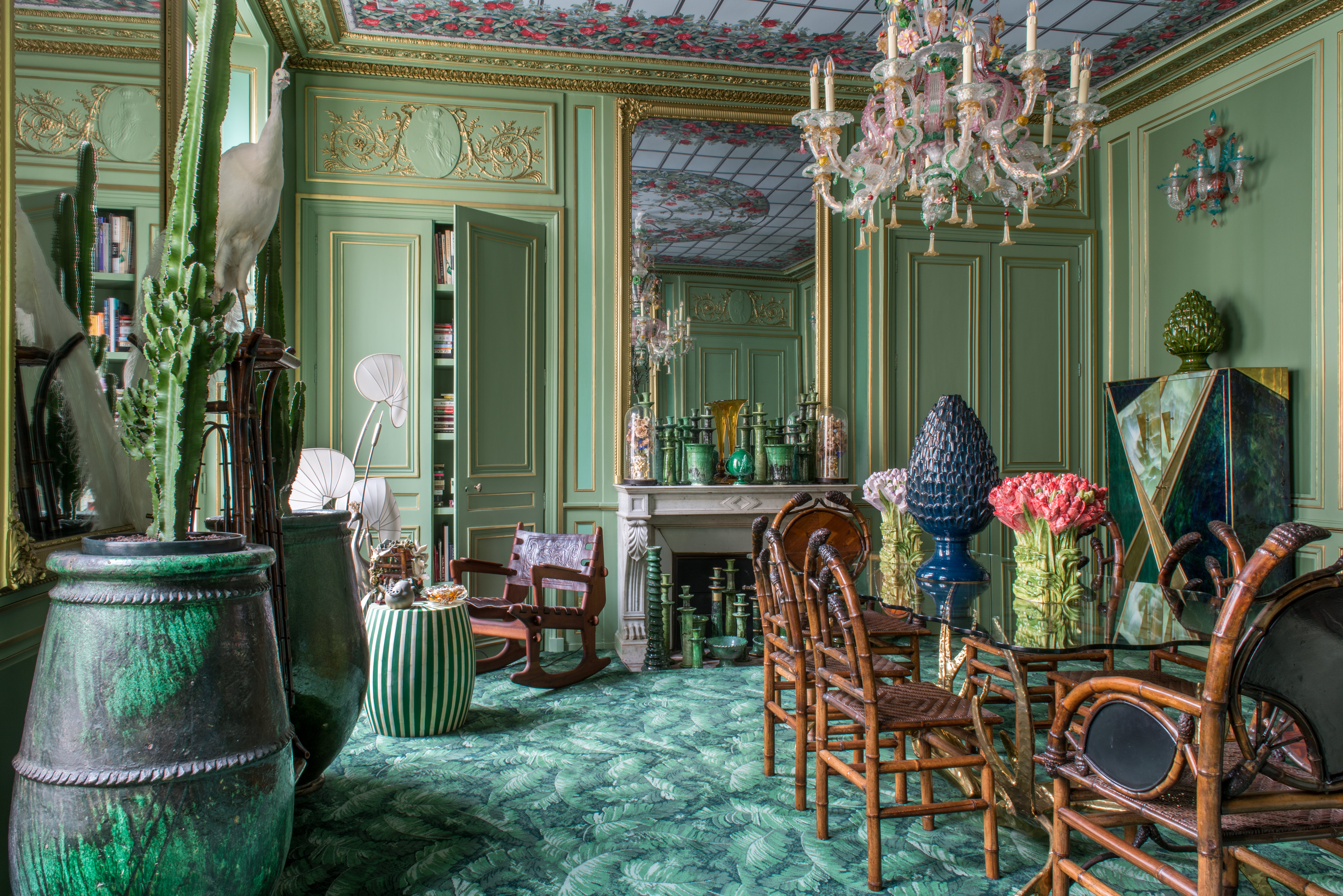
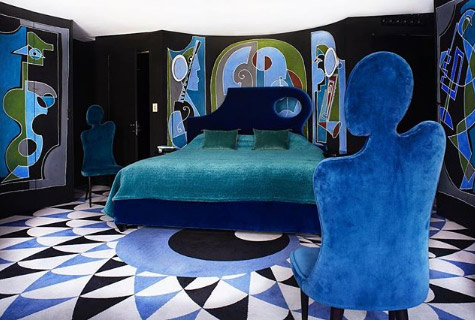

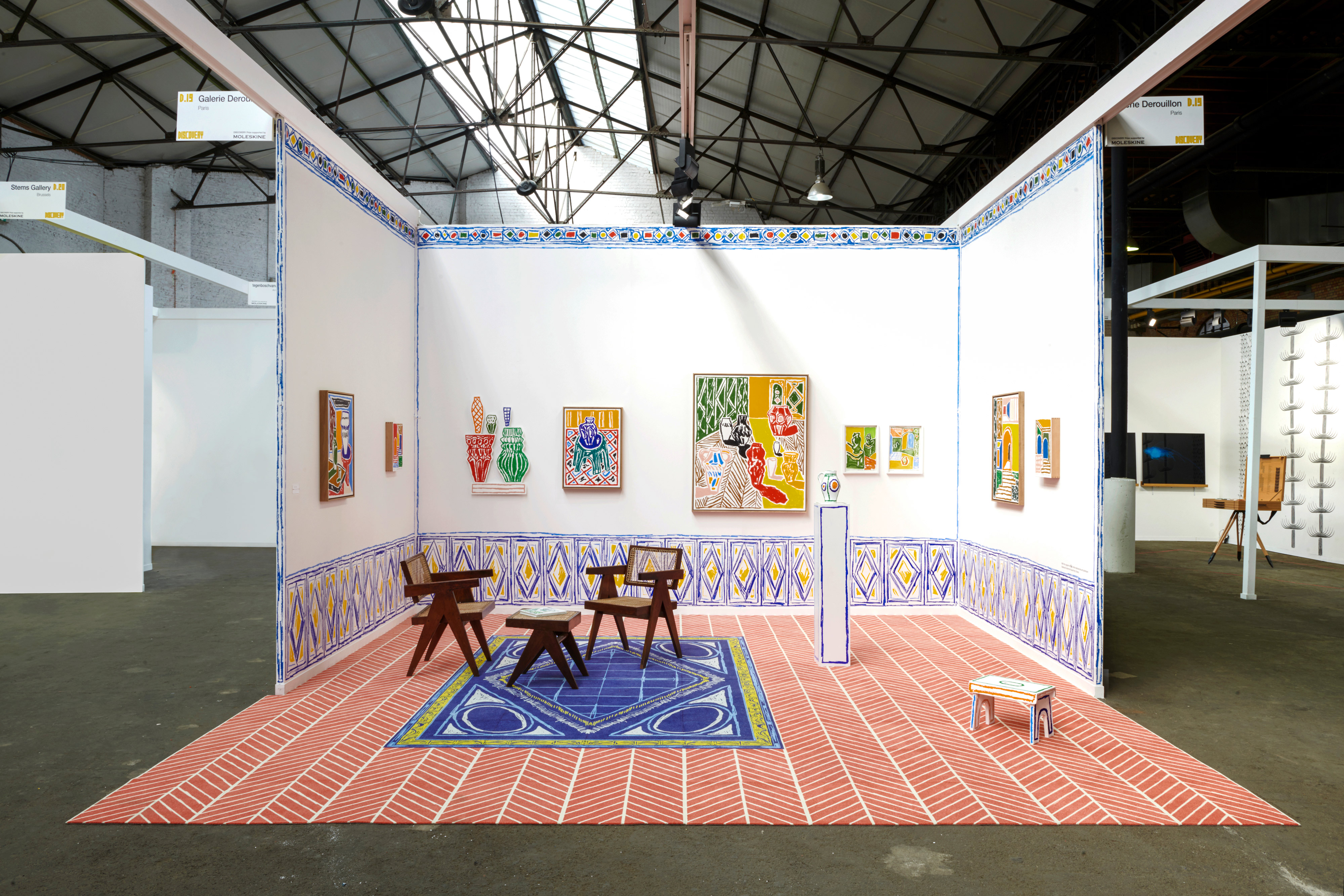

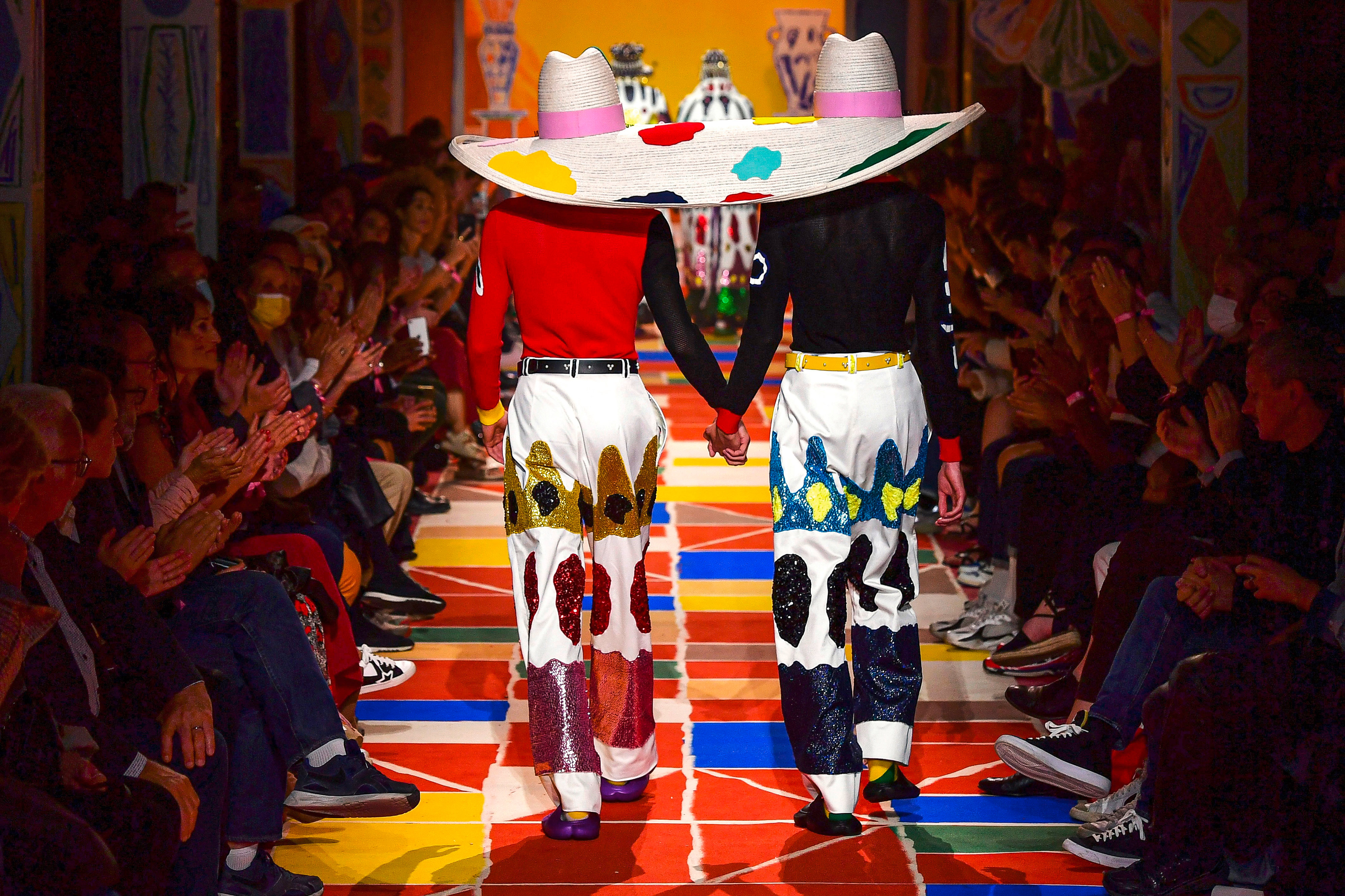
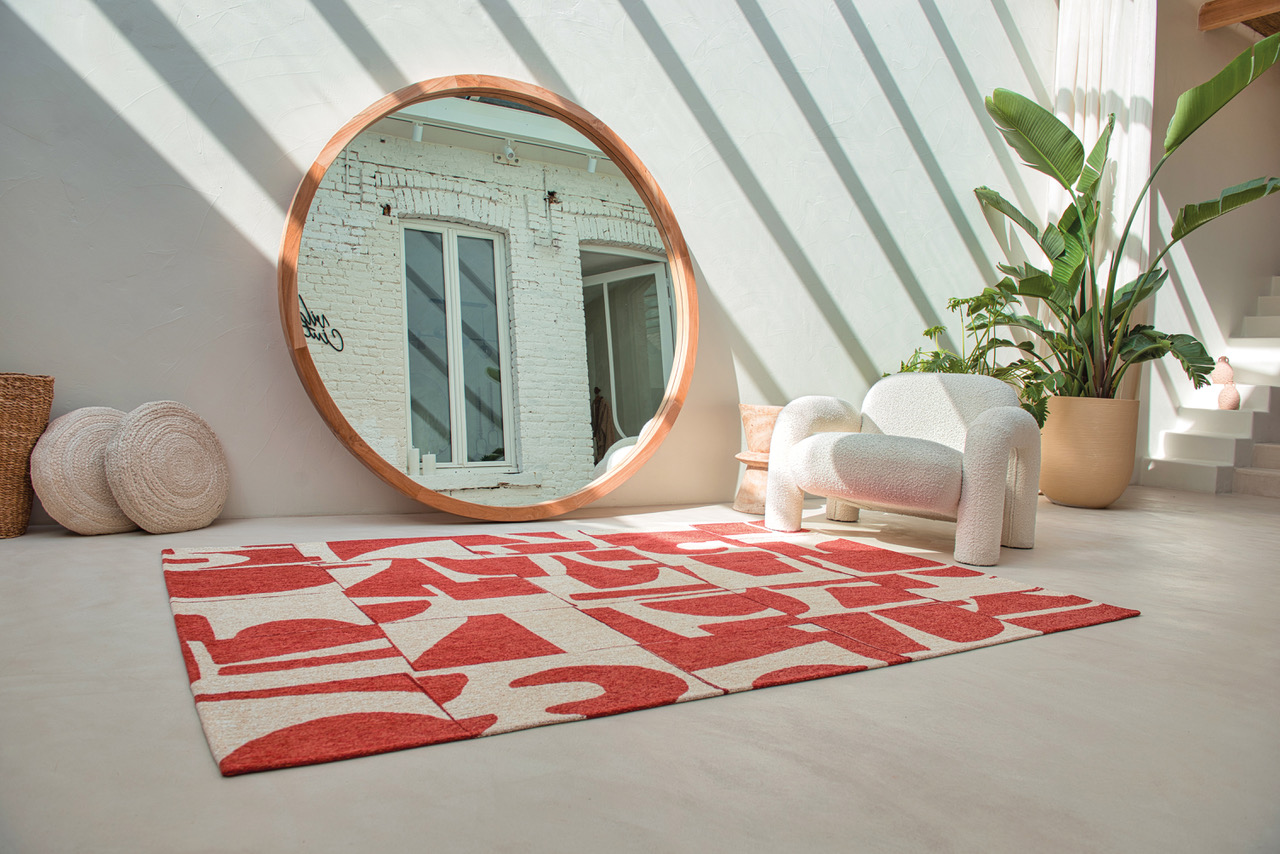
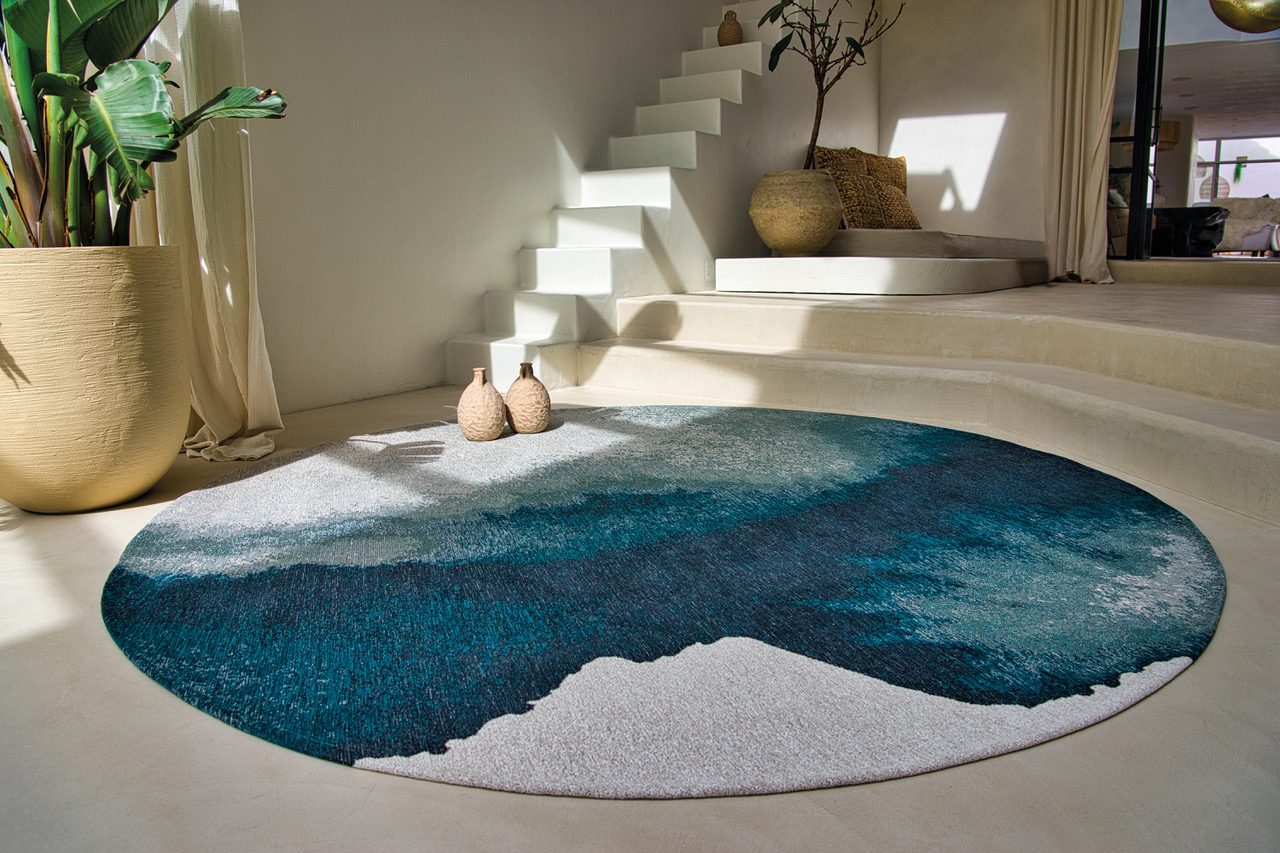
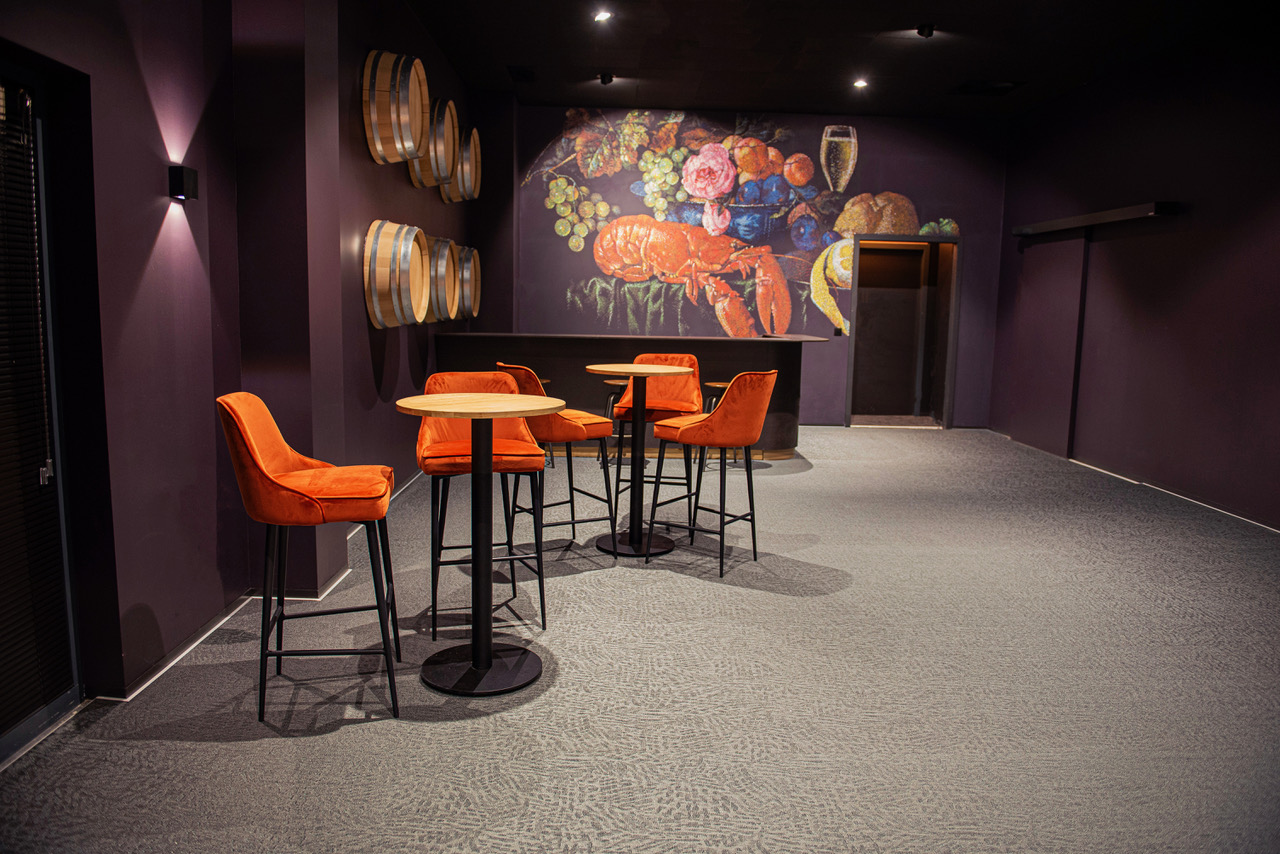
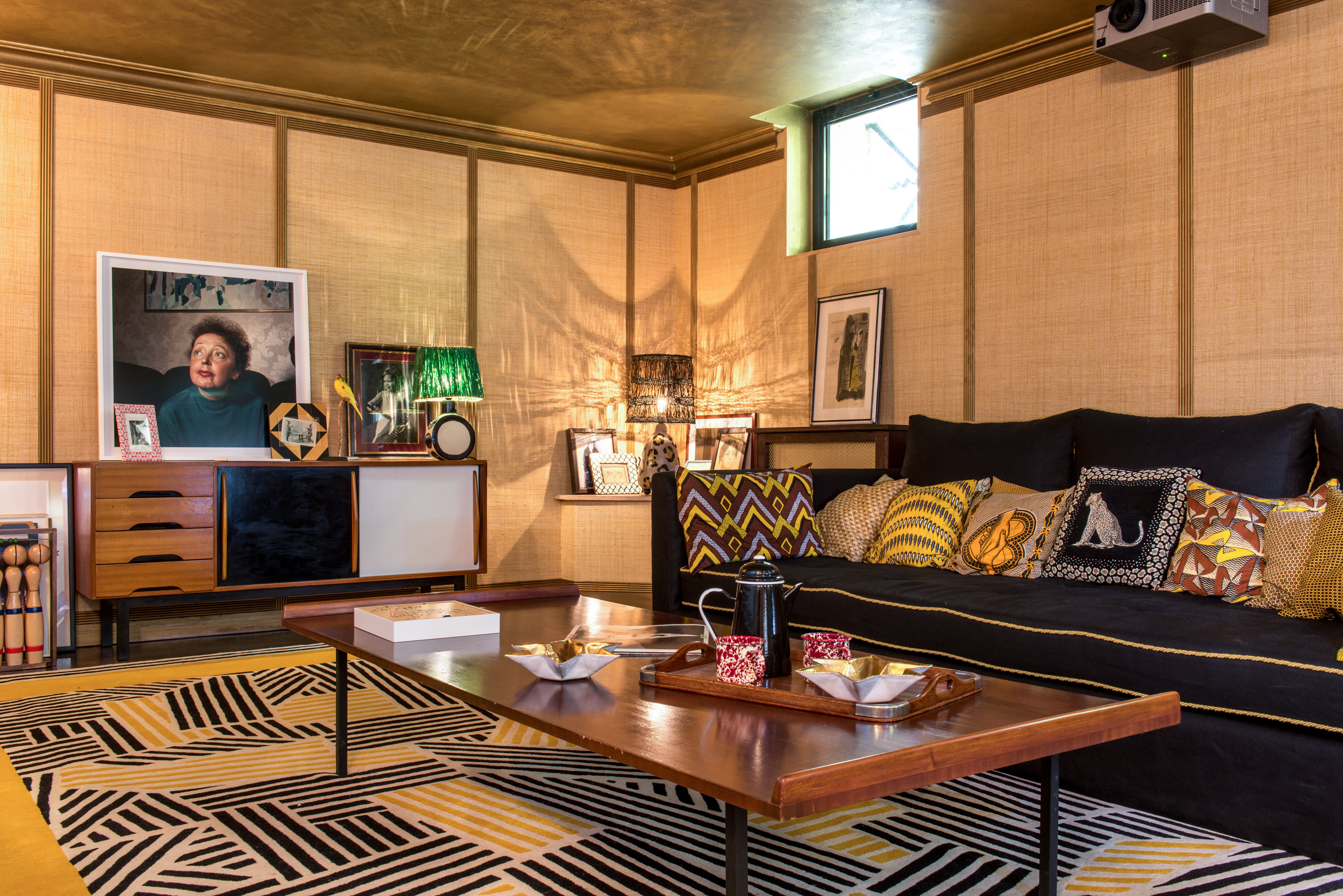
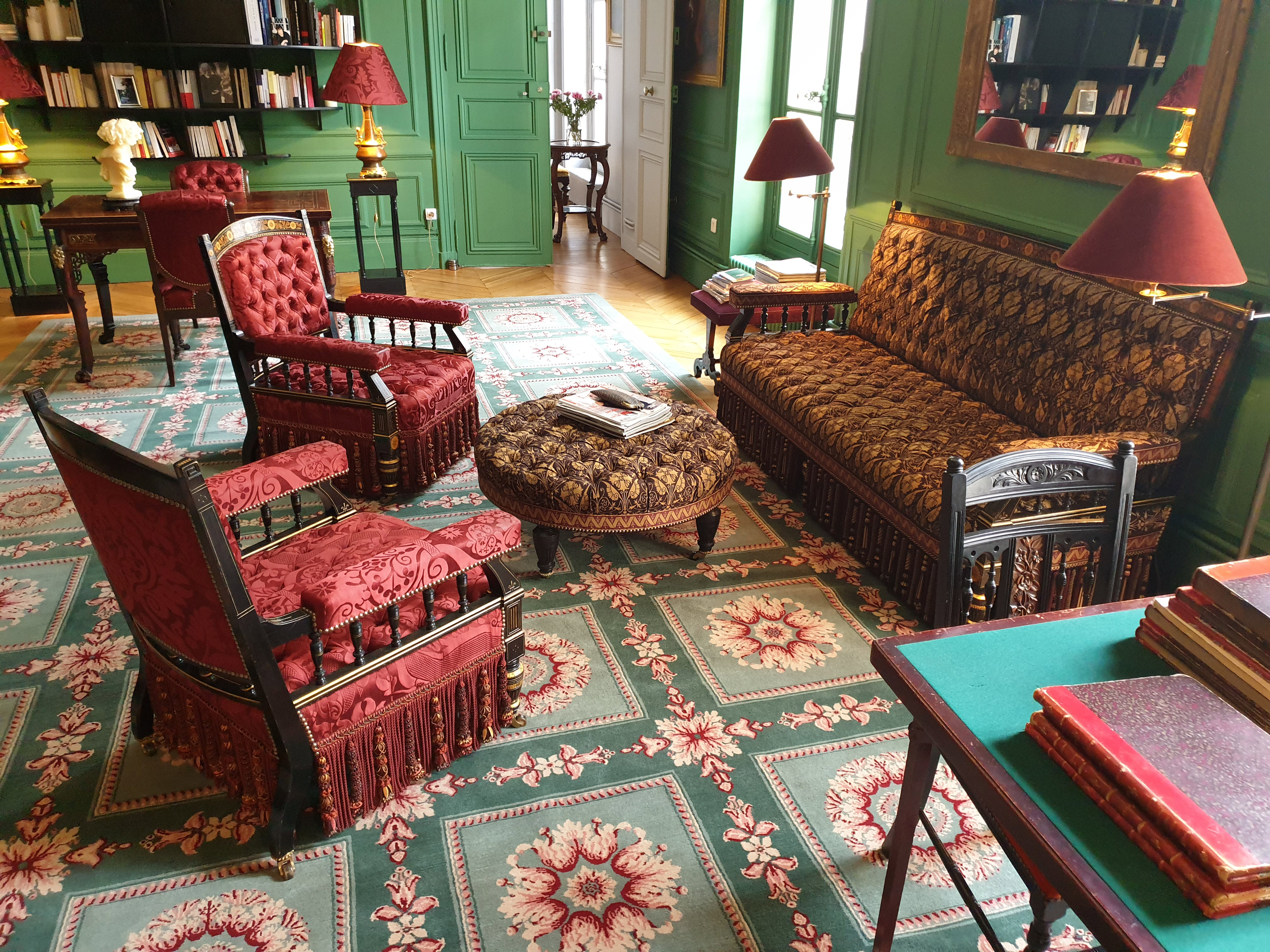
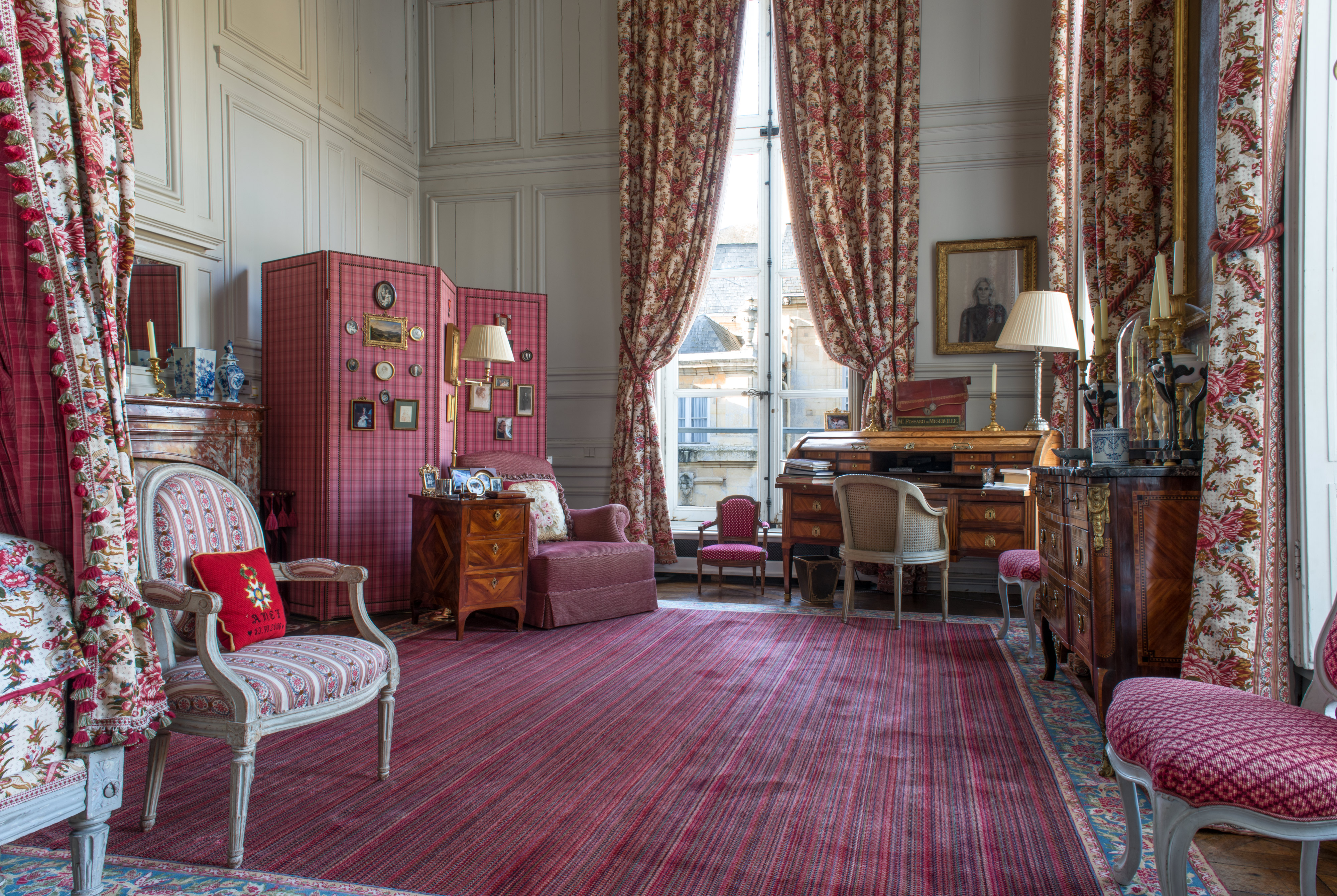
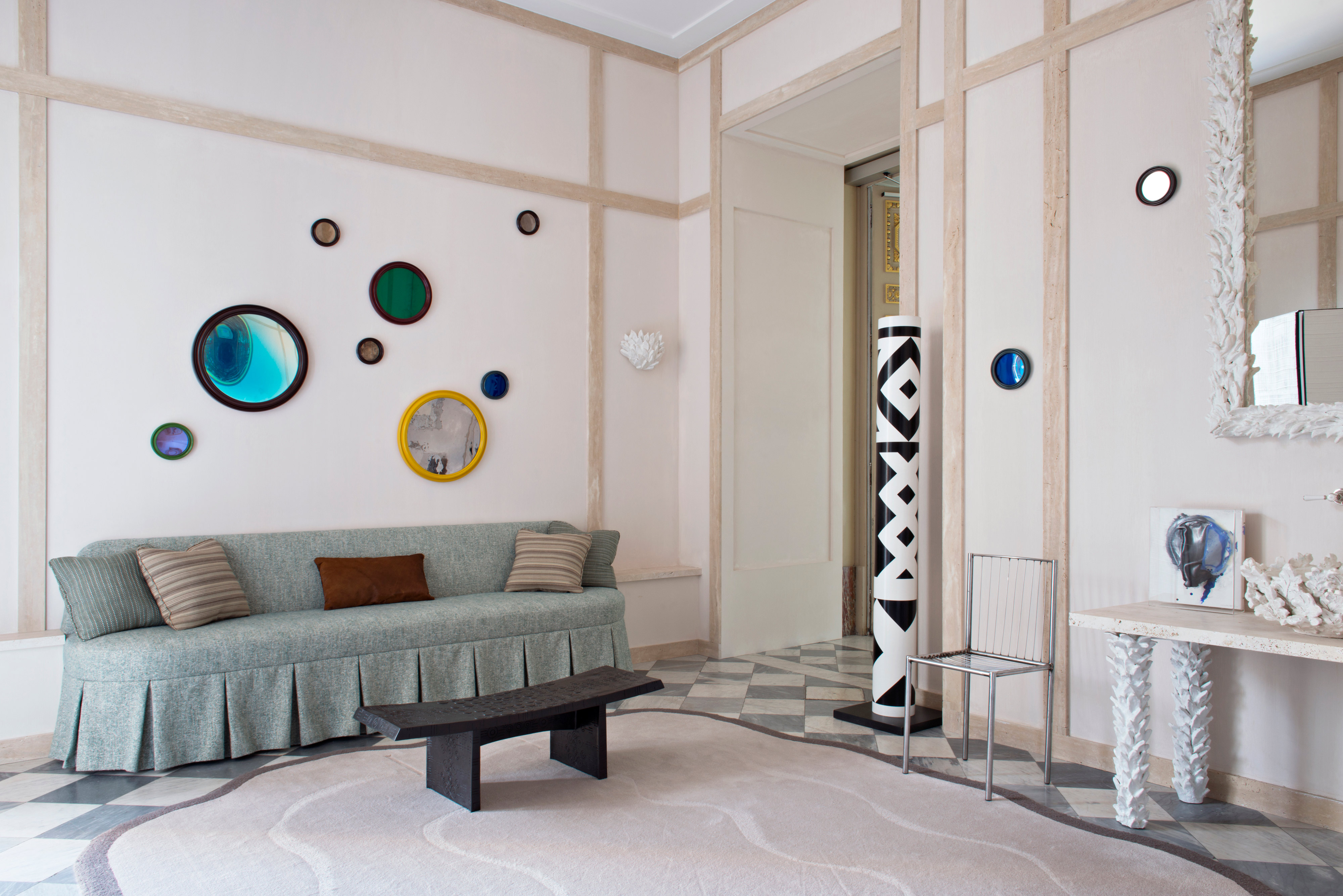
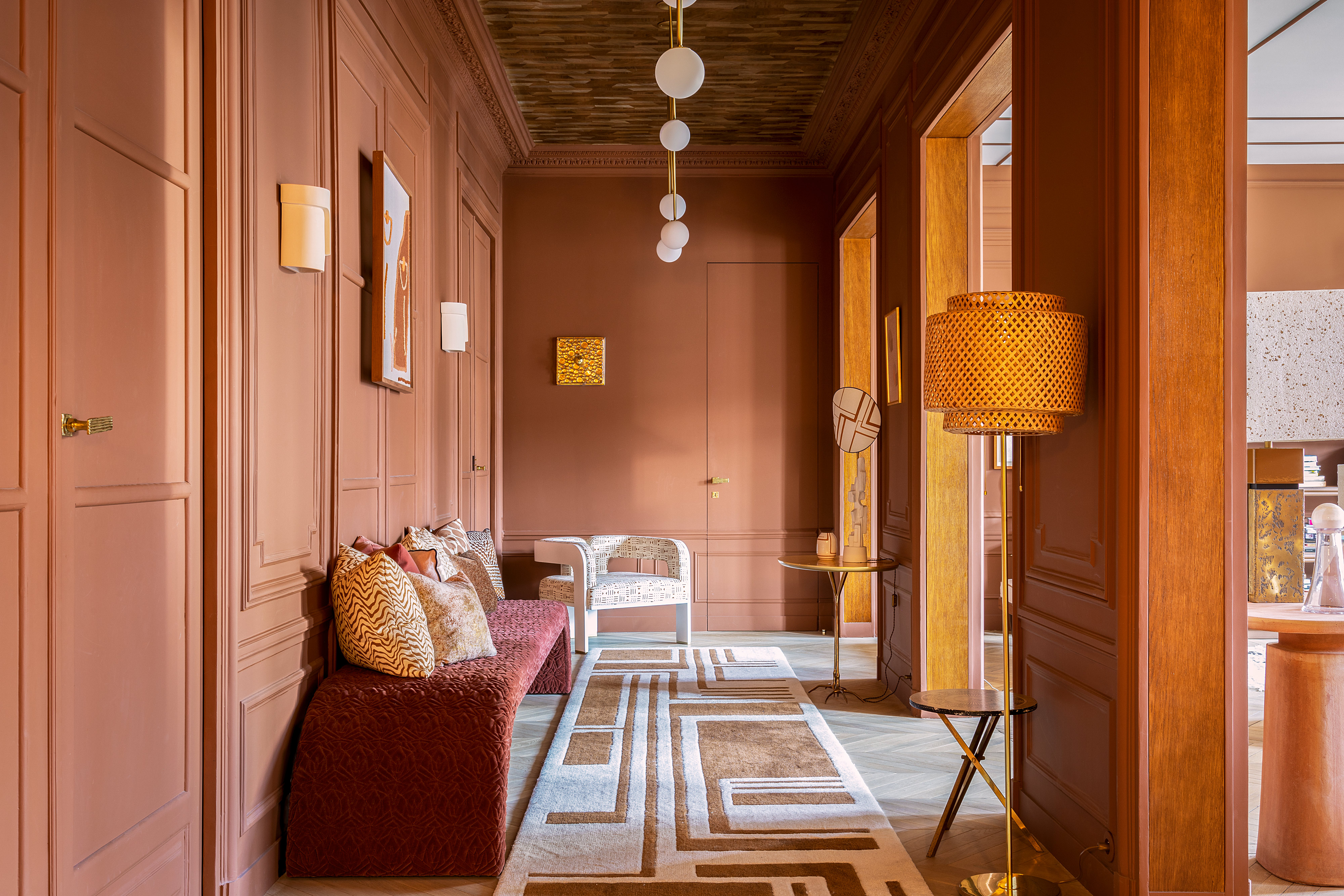
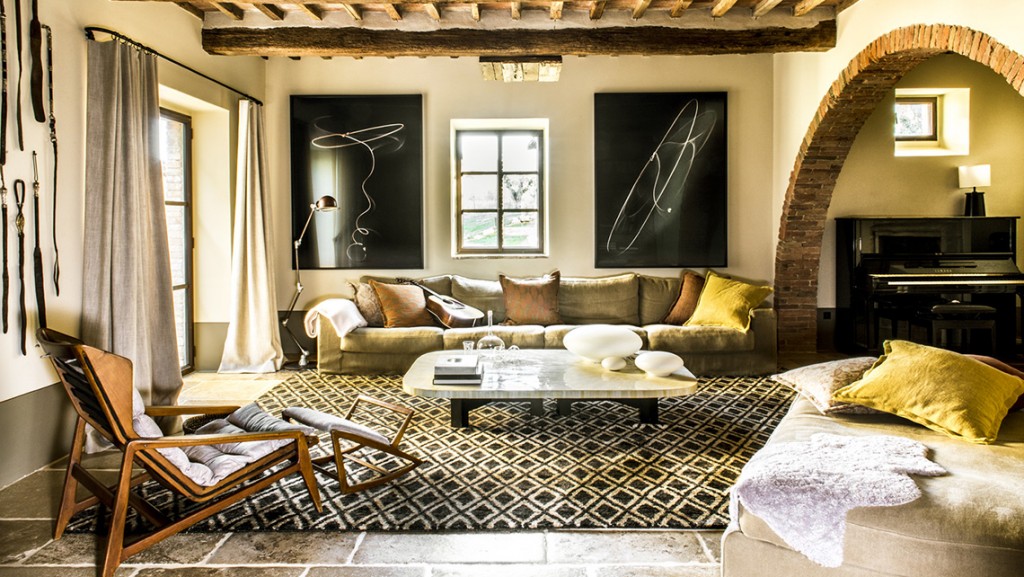
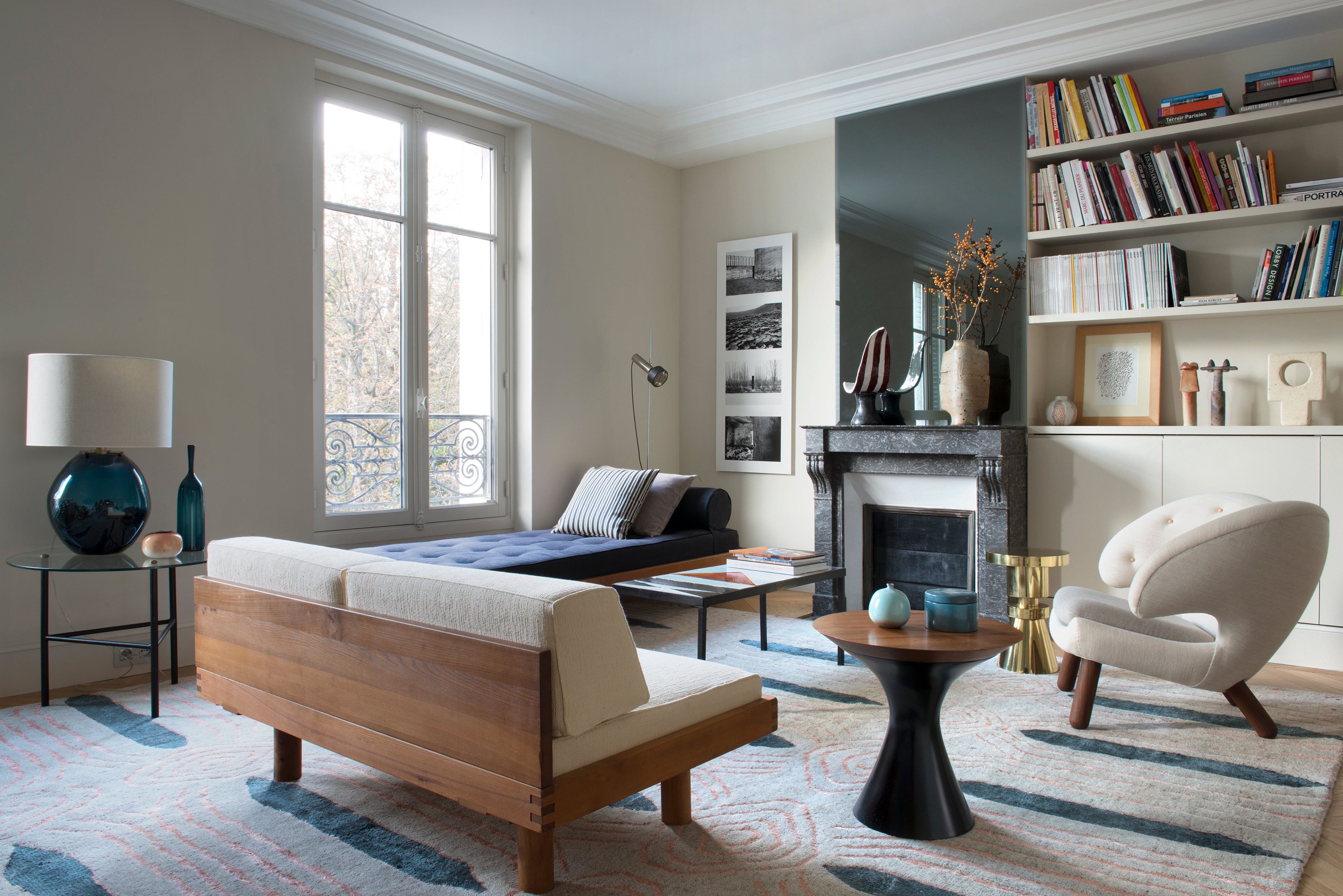
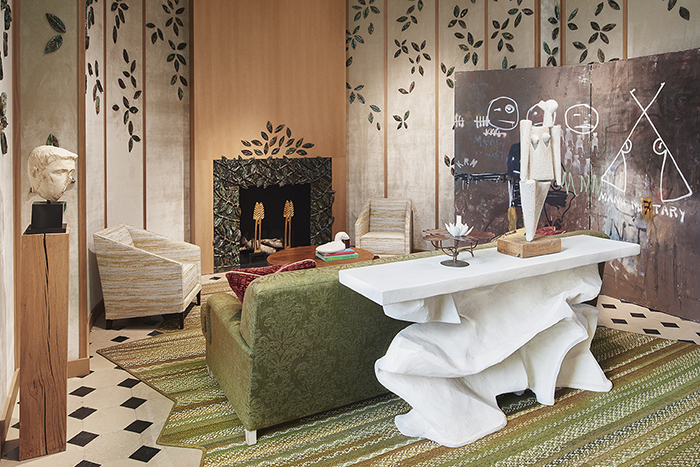
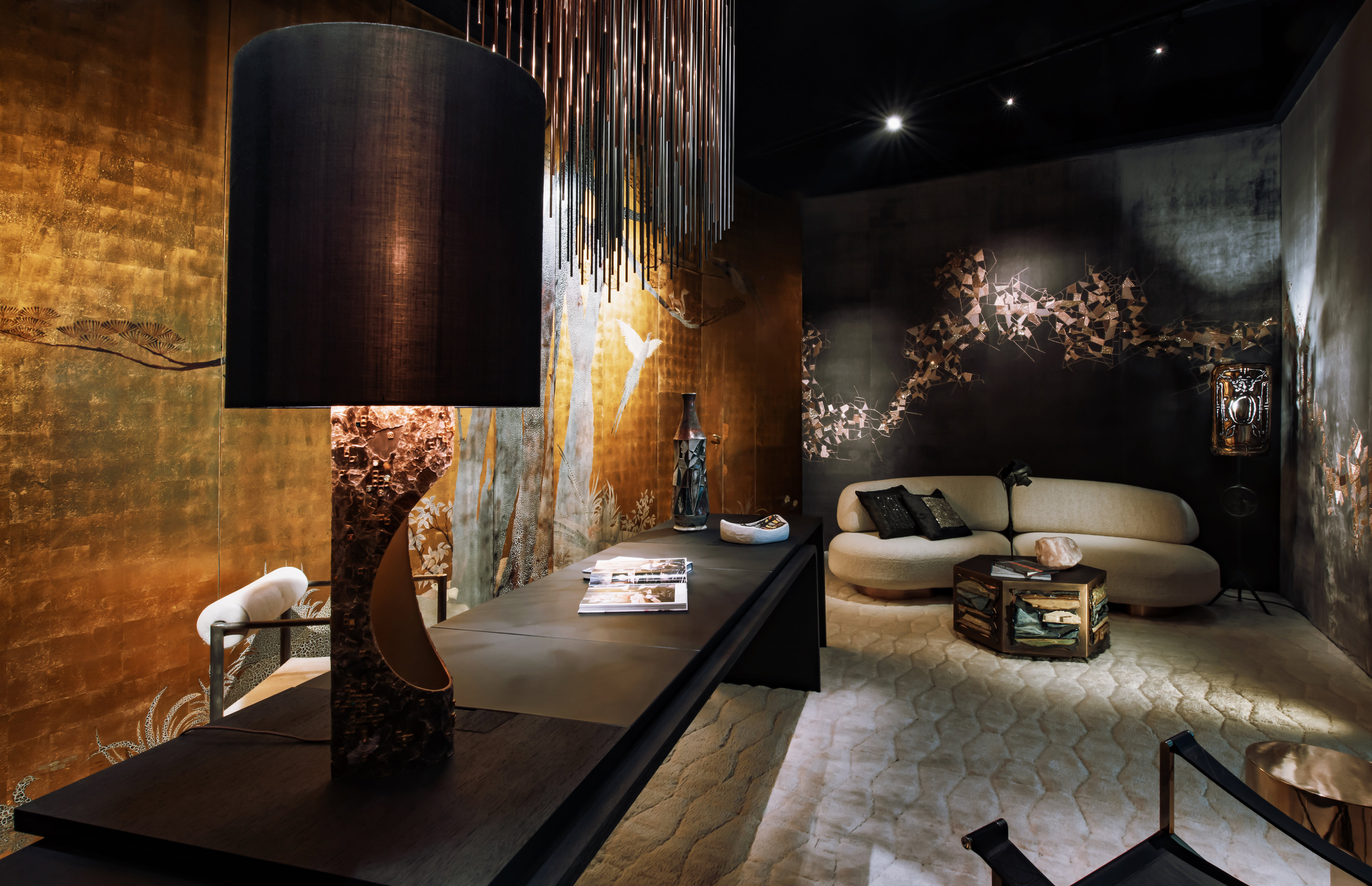
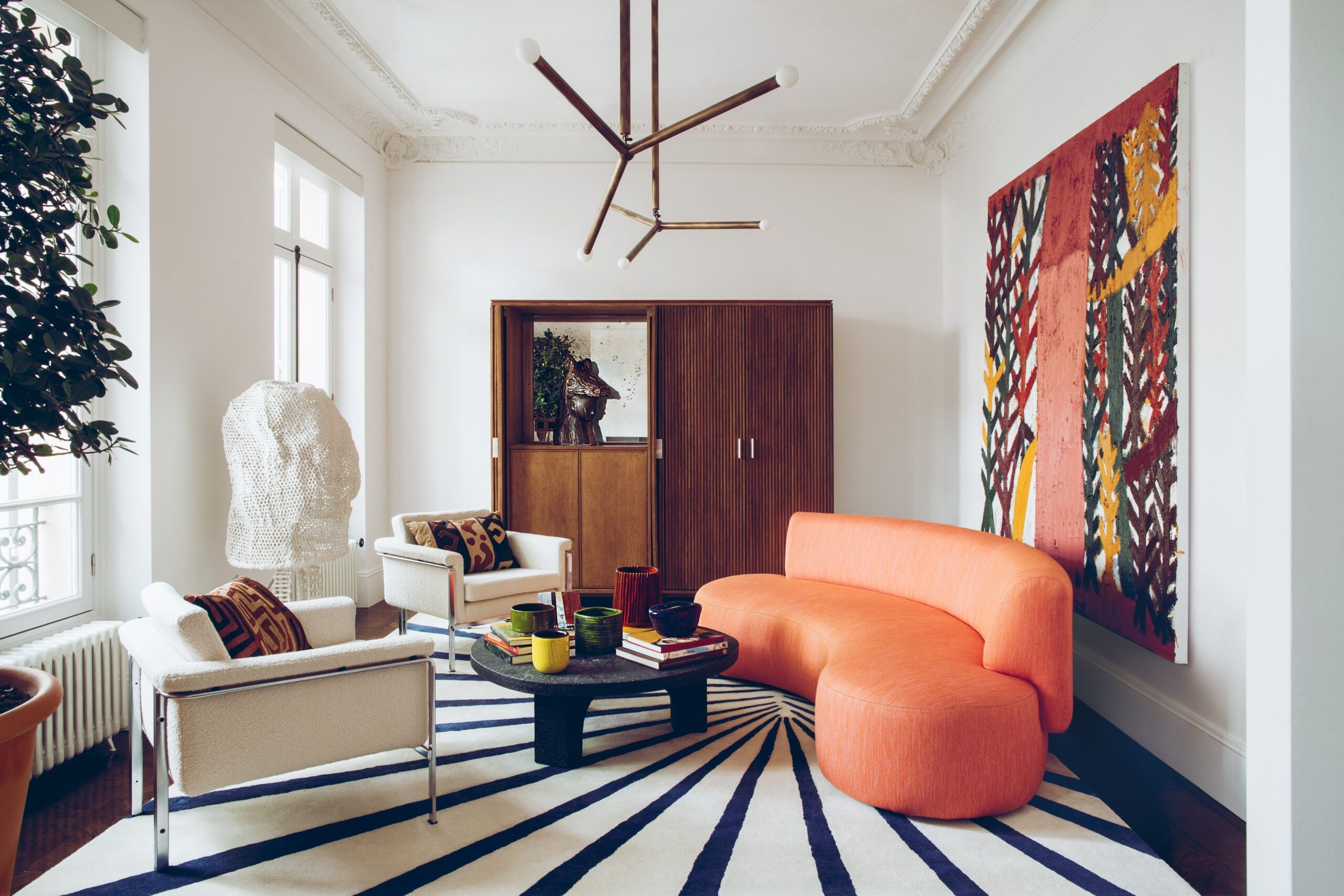
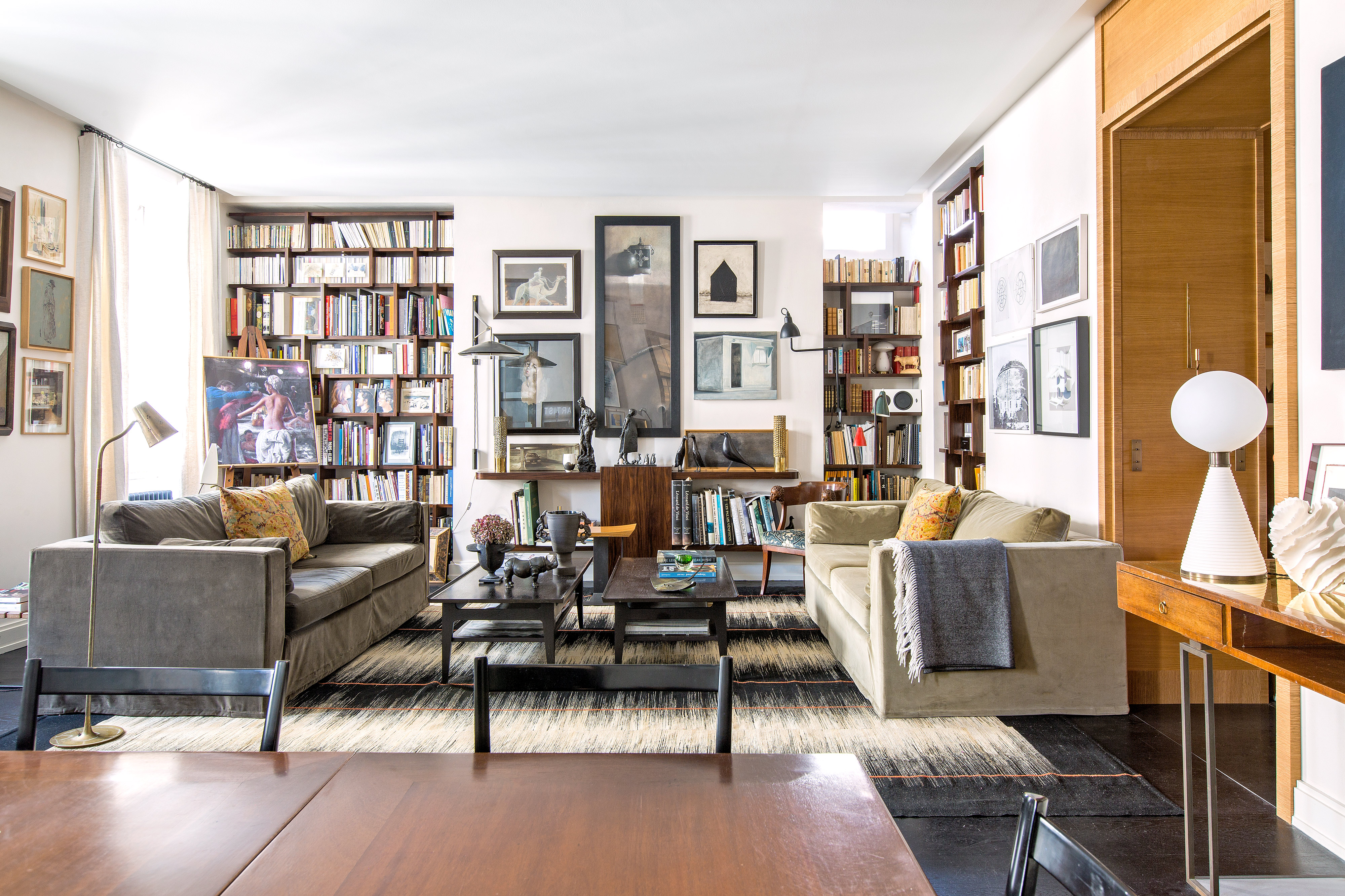
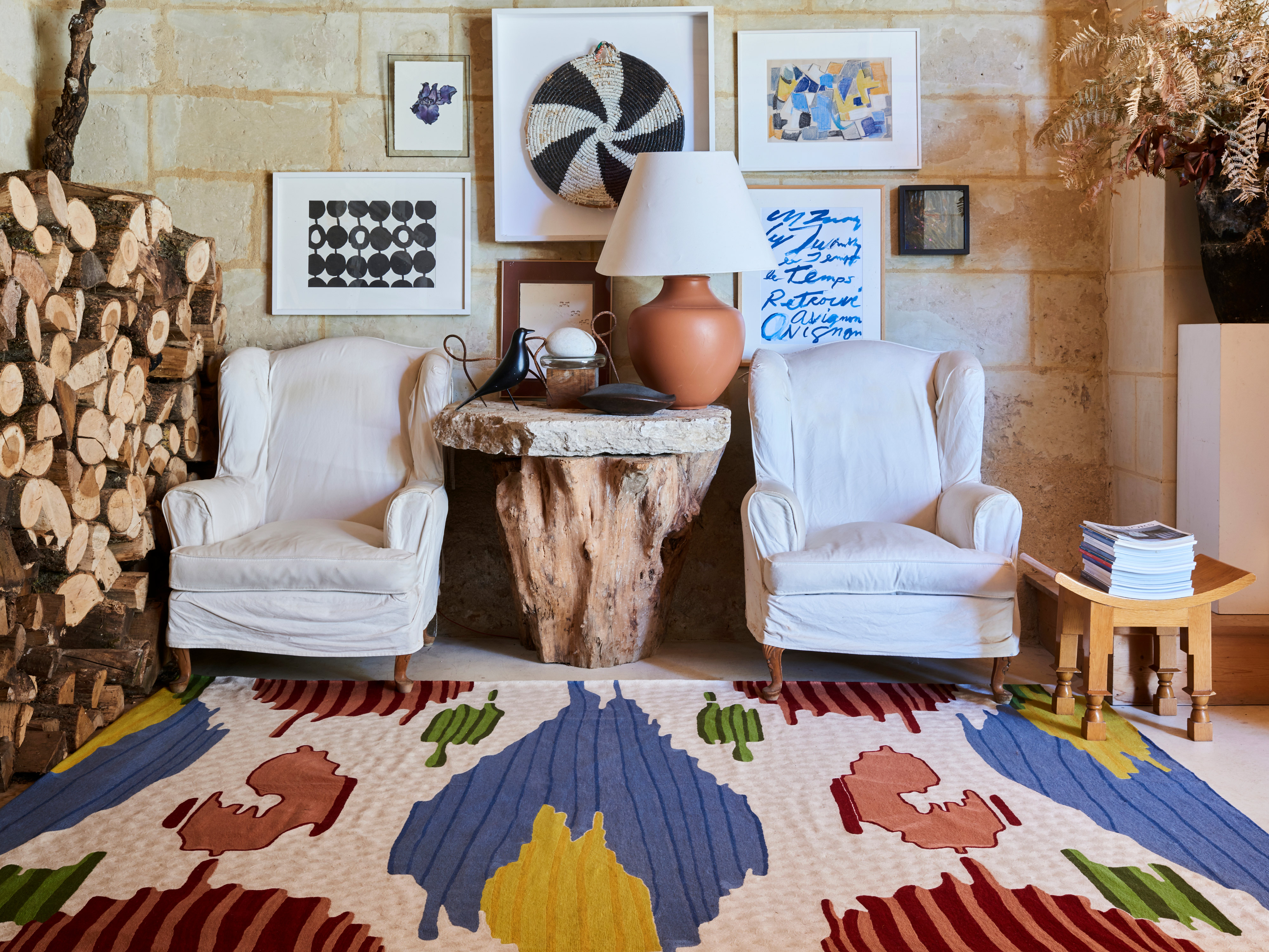
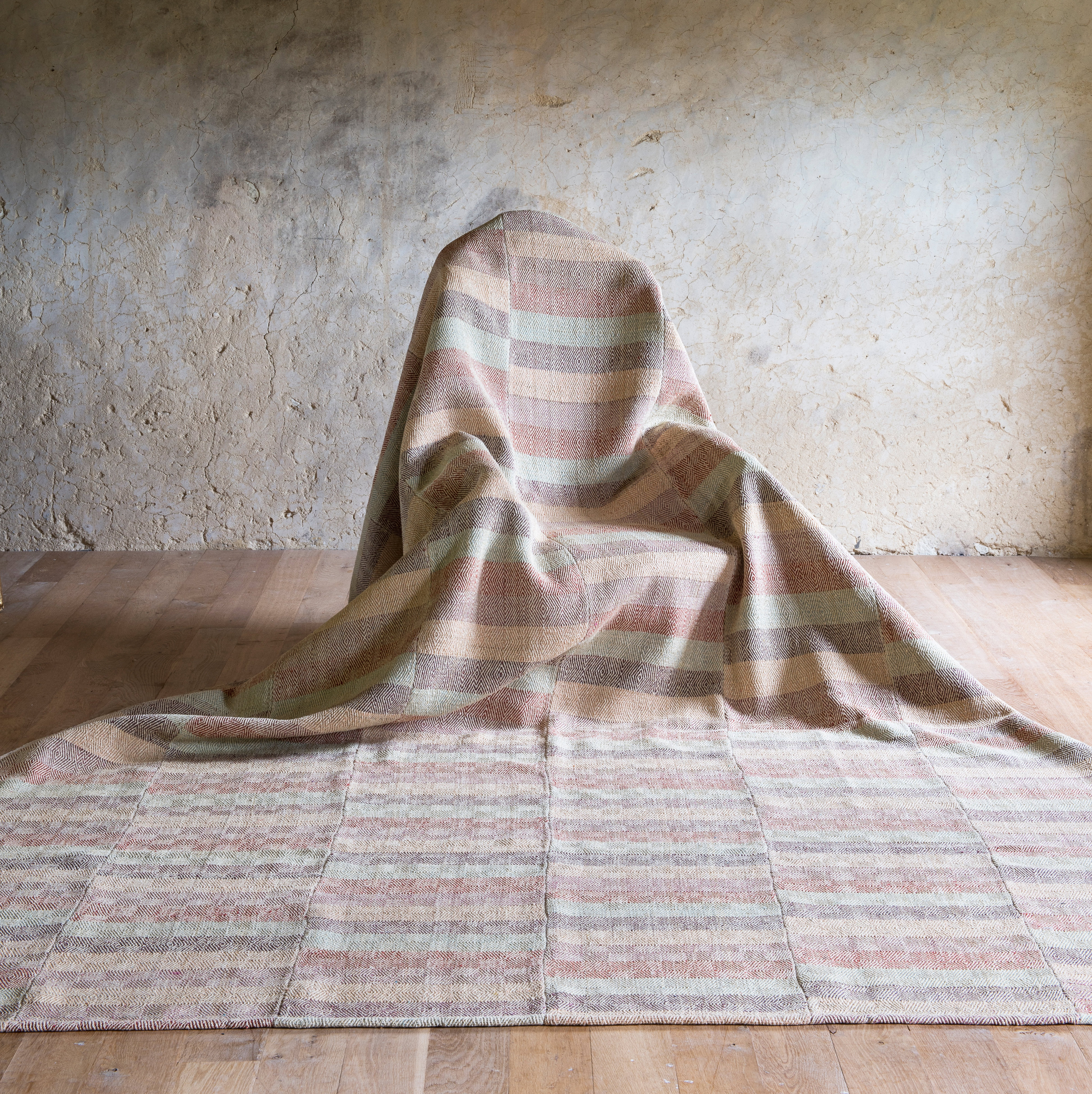
 #CarpetSociety
#CarpetSociety